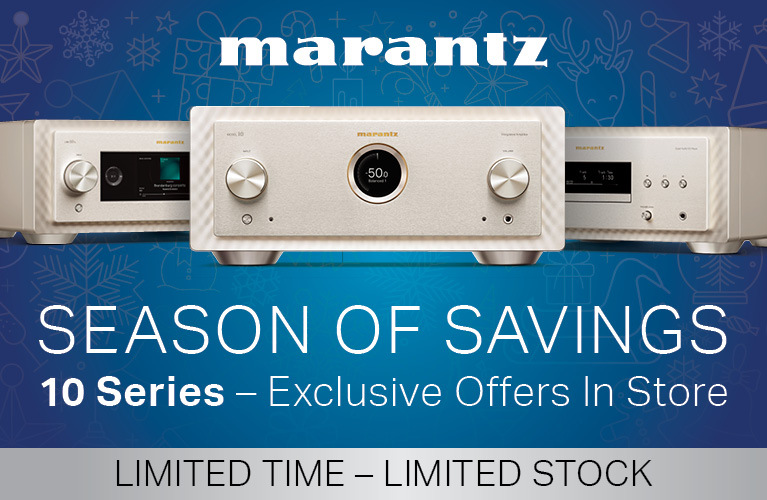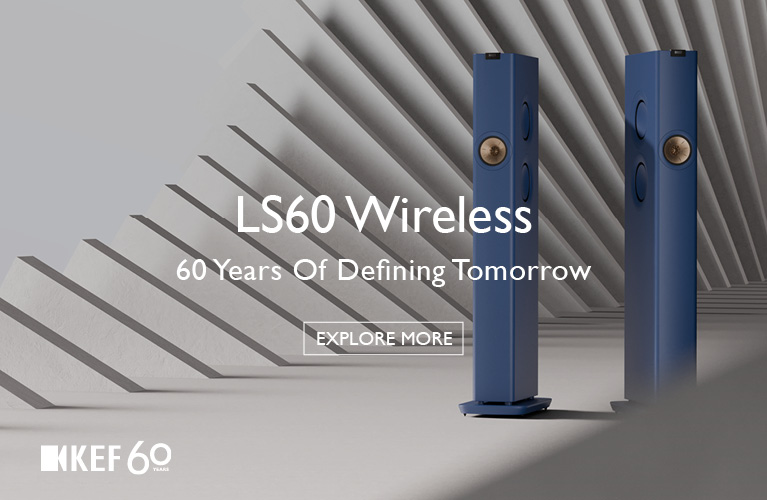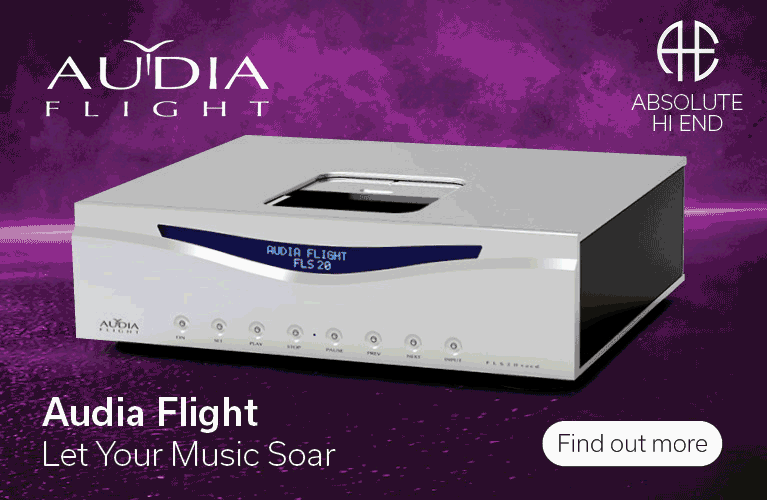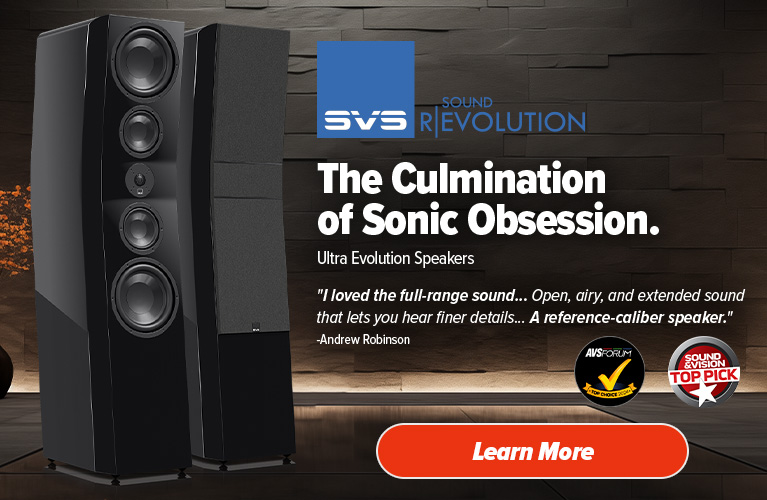As part of the global audio industry at large, my ‘inbox’ is a diverse email stew mottled with all sorts of news items, product information and company newsletters. Spam notwithstanding, some communiques feature ingredients that may be informative, even educational, while other items, after a little interpretation, may even be somewhat entertaining. Many emails are little more than background noise with morsels of data which, if retrieved from my ever-murkier memory banks, may provide some trivial value.
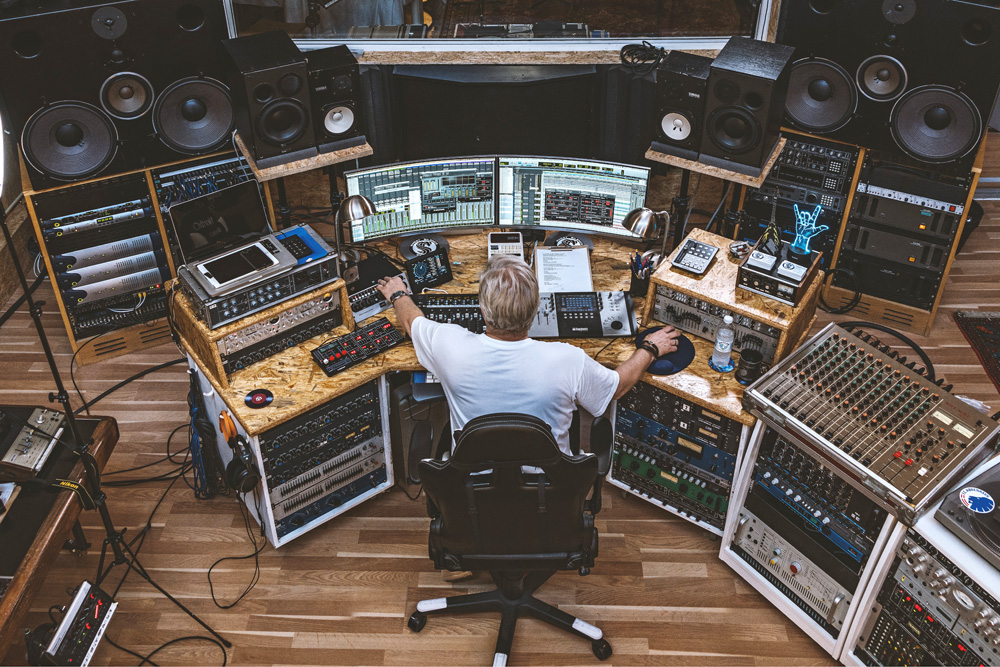 Photo by Karsten Schneidermann on Unsplash
Photo by Karsten Schneidermann on Unsplash
Always informative and, indeed, entertaining are the monthly communications which arrive via the astute authorship of Frank Hinton, Founder of Classic Audio Designs and Grover Notting loudspeakers (website here). His latest newsletter, which arrived just prior to publication of SoundStage! Australia’s August 2019 ‘first-of-the-month’ update, contained many salient insights which piqued my interest and incentivised me to publish here.
Aside from touching on the state of the industry in general, Hinton – after mutual discussions with Merging Technologies a brand his company represents in Australia – presents the idea of developing a standard, an empirical system, to measure and qualify/quantify high sample rate audio in order to provide a way of discerning an avenue for the distinction of quality levels. This is an opportune incentive that would provide music lovers with a classification for music in differing file formats and resolutions (from the recording studio, through to production, mastering and finally to the product presented to music consumers), something that is way overdue and is confounding for its absence from the music industry.
I thought I would publish the relevant excerpts and abstain from my waffling-on. Hinton’s intelligent observations, within the context of the casual newsletter, speak for themselves, so here goes…
Let’s set the scene with several observations: For many, music is not an essential ingredient in their life, but more a background accompaniment to, or gap filler between, everyday activities. It is also fair to suggest many entertainment industry captains’ do not view music as art, but a mere commodity. It is also reasonable to assume that a high proportion of the world’s population have never experienced truly linear music reproduction, prioritising convenient program delivery and replay systems ahead of performance. However, for many music is more central to their well-being. A faithful companion, music touches their soul, challenges their brain and stimulates their heart, healing, comforting, entertaining, inspiring, connecting, transporting, informing, daring, providing and rewarding.
Sample rate impacts us all whether recording or listening. Stated simply, sample rate describes the encoding rate of analogue to digital audio and is all too often misrepresented and misunderstood. Words associated with sample rate include, high definition, resolution and to try to quantify them in the real world of audio, you will find it difficult as all these words are abstract. Unfulfilled expectation is too often expressed in both music production and presentation outcomes, including the discerning music buying public purchasing so-called high definition/high resolution/high sample rate recordings, being disappointed, to discover their purchase is in fact a 48 kHz production and presentation. Another contentious example is certain remastering practices, including up-sampling, but what does it really mean in the absence of quantifiable information? The landscape is unsatisfactory given the scarcity of standards, and therefore, we express ours.
Defining a standard on the subject matter is extremely difficult due to technical complexity, minimal available research, vested interest, and divergent opinion, therefore almost impossible to achieve a universal consensus. We feel it imperative to define a transparent position and break out of the current industry ‘circular thinking’ mould to facilitate greater satisfaction, progression and potential… we will avoid many aspects of the process such as bit rate, and focus on our specific subject matter. There are two principle encoding decoding platforms available to digitally represent and sample analogue audio signals; Pulse Code Modulation (PCM) that offers sample rates from 44.1 kHz to 384 kHz and the DXD platform (352.8kHz), and Direct Stream Digital (DSD) that facilitates DSD 64 to DSD256 (2.8/5.6/11.2 MHz). Whilst PCM offers the opportunity to manipulate and process captured data, DSD effectively does not. Therefore original (native) DSD recordings are essentially ‘as captured’ files, however listeners can experience a broader array of DSD program due to up-sampling.
… In placing a mark in the sand and establishing our definitive position, the DXD/DSD platforms, sample rates from 352.8 kHz and the term Premium define our high sample rate standard. The performance capability of Premium and Standard hardware is identical, the only difference being that Premium is capable of all available sample rates. To improve understanding and outcomes in both music production and presentation, you may like to consider the following:
If you are an artist, and would like to understand what is possible, you have every right to investigate and ask questions about technology proposed for your production, including sample rate availability even the potential for multi-channel capture. If your art is a genuine high sample rate and multi-channel production you have the files for maximum release options and points of difference, there is no downside.
If you are an artisan, and aspire to high sample rate production, it is often misunderstood, your DAW and converters both need to be high sample rate capable. It is quite often stated “the client never asks” or “the clients only expect a 48 or 96 kHz production”, for me this is akin to a chef only responding to the diner’s request, where in fact the diner always expects guidance by virtue of menu or explanation. To achieve progression, I believe the artisan has a duty of disclosure to appraise the client of their options.
If you are a consumer of pre-recorded music, and need quantifiable disclosure before you make your purchase decision, maybe you could insist on understanding more about the production including the native (original) sample rate. Most industries are governed by standards and have a duty of product disclosure, an example being; contents, sourcing and ‘use by’ date information on food labelling.
Finally, it is true that a skilfully performed and produced 44.1 kHz sample rate recording will deliver a rewarding experience. It is also true that a poorly performed and produced DXD high sample rate recording will deliver an unrewarding experience. However, it is our belief that the skilfully performed and produced 44.1 kHz project performed and produced in DXD would be even more rewarding, but to what extent is not clear, and that is one of the reasons we are proposing the Grover Notting Research Album, to understand the sample rate reality for the benefit of artists, artisans and their customers.
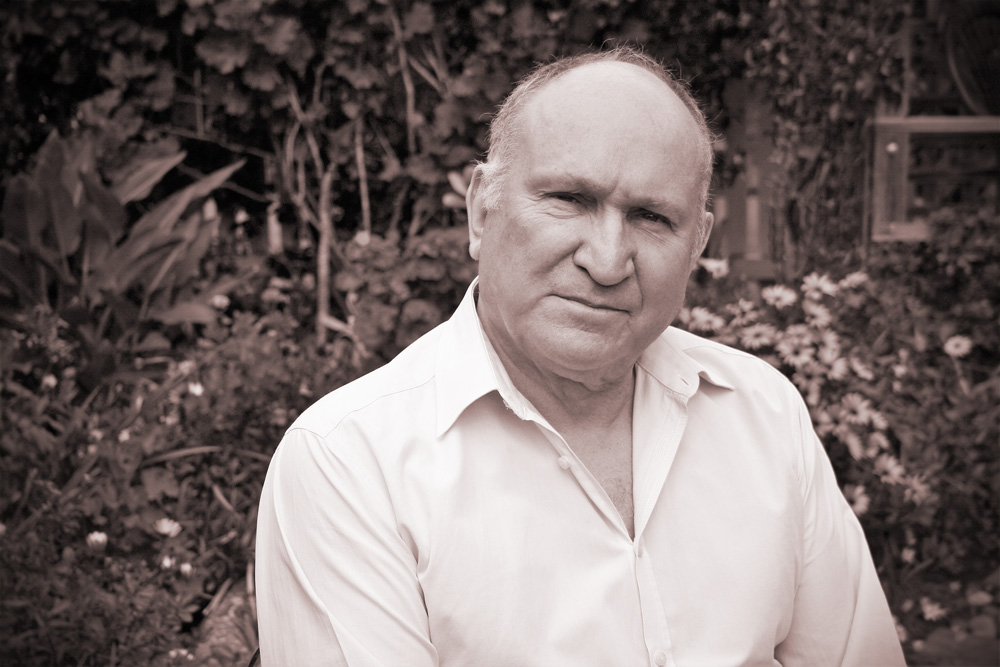 Frank Hinton
Frank Hinton
The indented section of this story is a substantial excerpt derived from the original newsletter received at SoundStage! Australia’s HQ. We thank Frank Hinton from Grover Notting for the opportunity and permission to publish the selected segments.
… Frank Hinton (quoted excerpts)
… Edgar Kramer
Editor-in-Chief
This email address is being protected from spambots. You need JavaScript enabled to view it.

